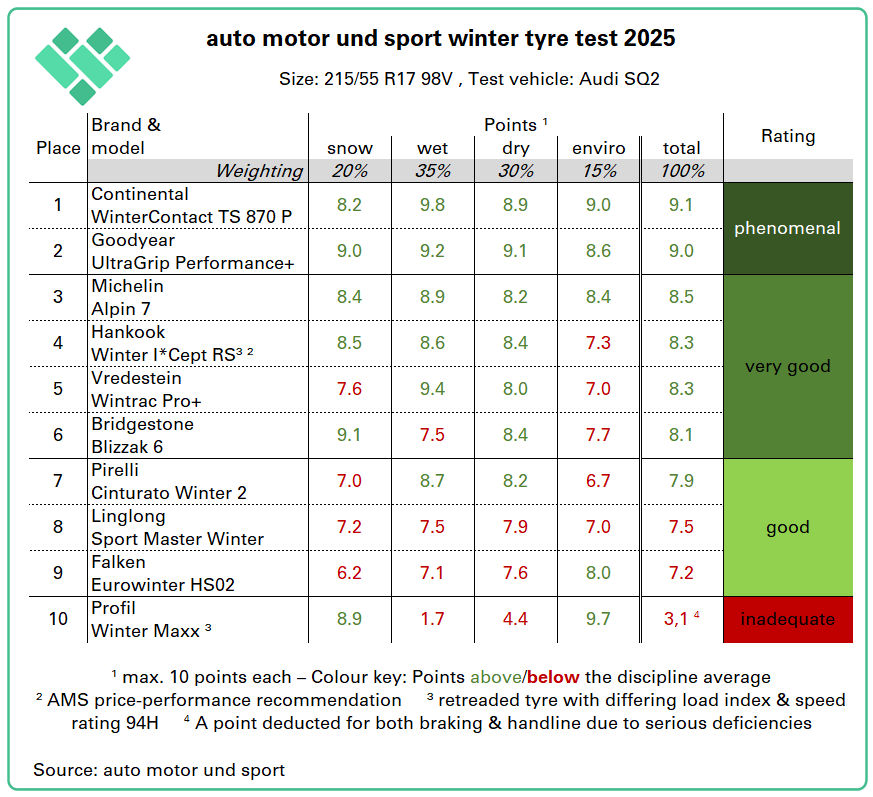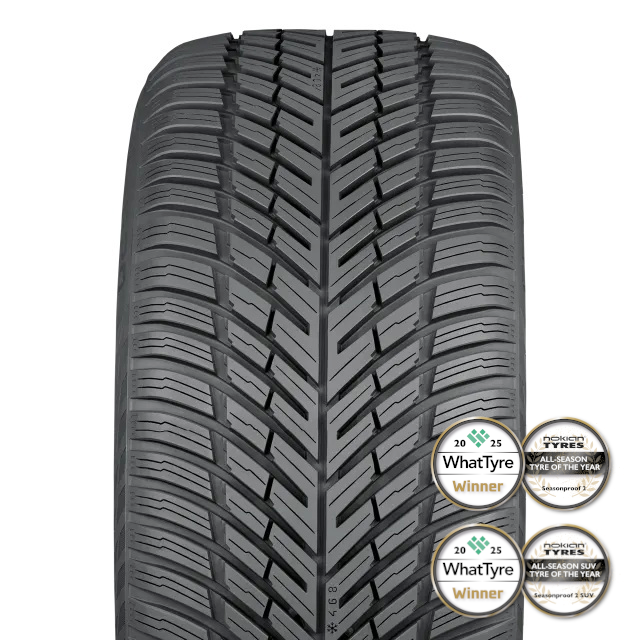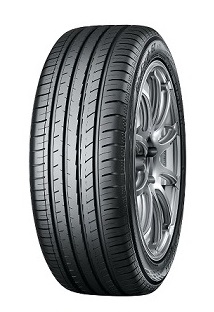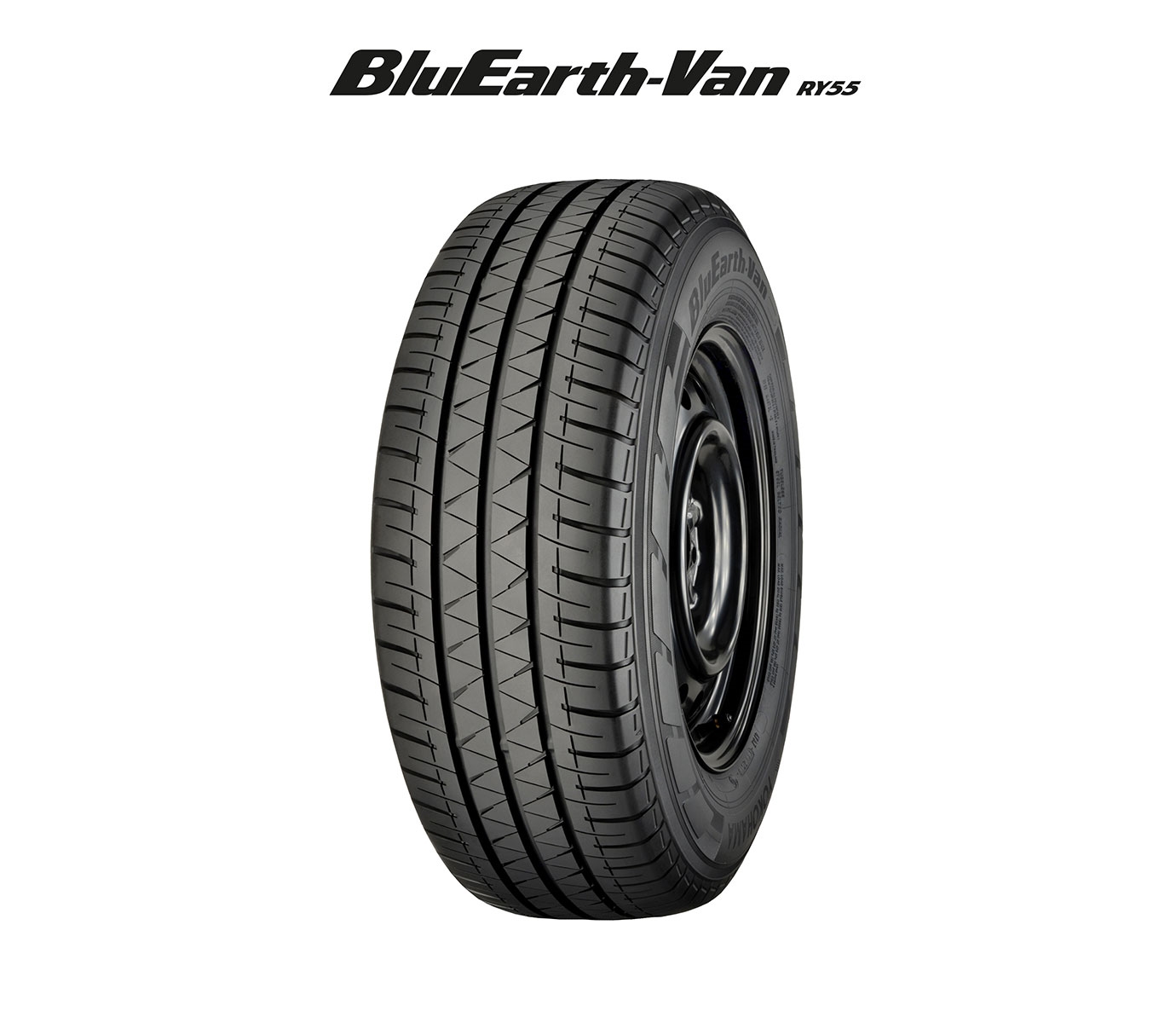Winter tyres were always going to be difficult items to shift in an island devoid of any true Alpine regions, but many brands nonetheless offer them in the UK with commendable persistence. These products have a small but dedicated customer base who often support their purchasing decisions with comparative tests published in European countries with much higher winter tyre uptake.
The latest of these tests comes from German motoring publication auto motor und sport (ams), which evaluated ten tyre brands in 215/55 R17, a size worn by vehicles such as the Audi A5 and Q2, the DS 3 and 4, Fiat 500X, the Honda HR-V, Vauxhall Ampera and Insignia, Peugeot 508, Skoda Kodiaq and Superb, Toyota Mirai, Verso and Yaris, Volvo V90 Cross, as well as popular VW models including the Touran, Passat (Alltrack), T-Roc, T-Cross and Tiguan.
Driving on wet roads a focus
Safety performance in the wet was a priority for the ams team, with testing in these conditions contributing 35 per cent to the final result. Testing in dry and snowy conditions respectively accounted for a further 30 and 20 per cent, with environmental considerations making up the final 15 per cent. Price was also a factor in the test, with ams including lower-priced options. The most affordable set of four tyres was 320 euros and the priciest set sold for 760 euros.
The ams team was largely satisfied with how its Audi SQ2 test vehicle performed when fitted with the candidate tyres. The testers awarded two of the tyres the ams ‘phenomenal’ rating and declared a further four to be ‘very good’. Three tyres achieved a respectable ‘good’ result, but the tenth candidate stood out in a negative way, finishing the test with an ‘inadequate’ rating. This last tyre is a retread, making it the second such product to receive the thumbs down from ams this year.
Rated phenomenal
The winner of the ams 2025 winter tyre test is the Continental TS 870 P, which snatched victory from the second-placed Goodyear UltraGrip Performance 3 by the narrowest of margins. Both tyres “performed well in all conditions,” but the Continental “proved superior in the wet” whereas the Goodyear tyre “excelled on snow.”
Rated very good
In third place, the Michelin Alpin 7 delivered “consistently very good results on snow, wet and dry roads.” Finishing joint fourth were the Hankook i*cept RS3 and Vredestein Wintrac Pro+, the Hankook tyre offering the “best price-performance ratio” while the Vredestein achieved the second-best performance on wet roads. The Bridgestone Blizzak 6 also gained a rating of very good; ams reports that the Bridgestone tyre “performed outstandingly on snow but was somewhat weaker on wet surfaces.”
Rated good
A trio of tyres achieved the ams ‘good’ rating – the Pirelli Cinturato Winter 2, Linglong Sport Master Winter and Falken Eurowinter HS02. According to the ams test team, all three are “better suited to lowland use” as they “perform well on wet and dry roads but show weaknesses on snow.” The Linglong tyre was the lowest priced candidate in this year’s test.
Rated inadequate
The final tyre in the ams test finds itself in the publication’s lowest, non-recommendable category. Not to be confused with the similarly named Dunlop product, the Profil Winter Maxx is a retreaded tyre. Retreading is a wholly acceptable procedure for car tyres, but on this occasion has resulted in a tyre that “only impressed on snow” while delivering “unacceptably poor” performance on wet and dry roads.
Elaborating on why it rated the Profil Winter Maxx so poorly, ams tells us that the tyre’s wet road braking distance from 80km/h was 53 metres, more than 20 metres longer than the test average. “This is dangerous,” the publication states. Furthermore, ams reports that the tyre skidded when cornering and offered “no resistance” to aquaplaning. Braking performance was also poor on dry roads.
EU tyre label scores
One further comment from ams relates to the EU tyre label. The motoring publication shares that its team noted inconsistencies between tyre label information and test results during this most recent tyre test. Without naming any product in particular, ams writes that “in particular among the budget tyres, it was also evident that the mandatory labelling (the European tyre label) differed significantly – and misleadingly – from both the test results and the self-classifications of other competitors.”
As no third party officially verifies the values printed on a tyre label, ams opines that such labels are “not worth the stickers they are printed on.”










